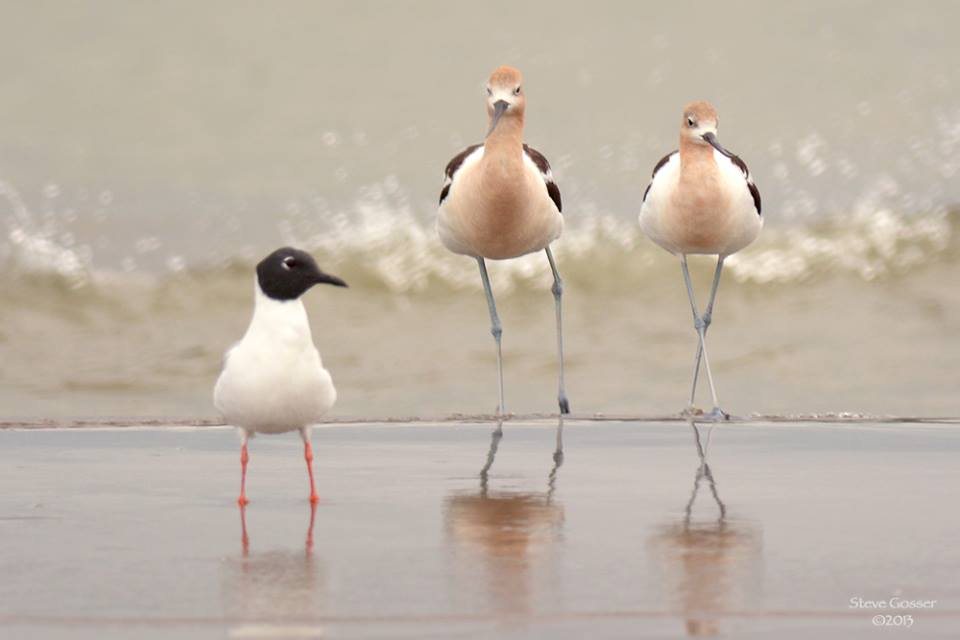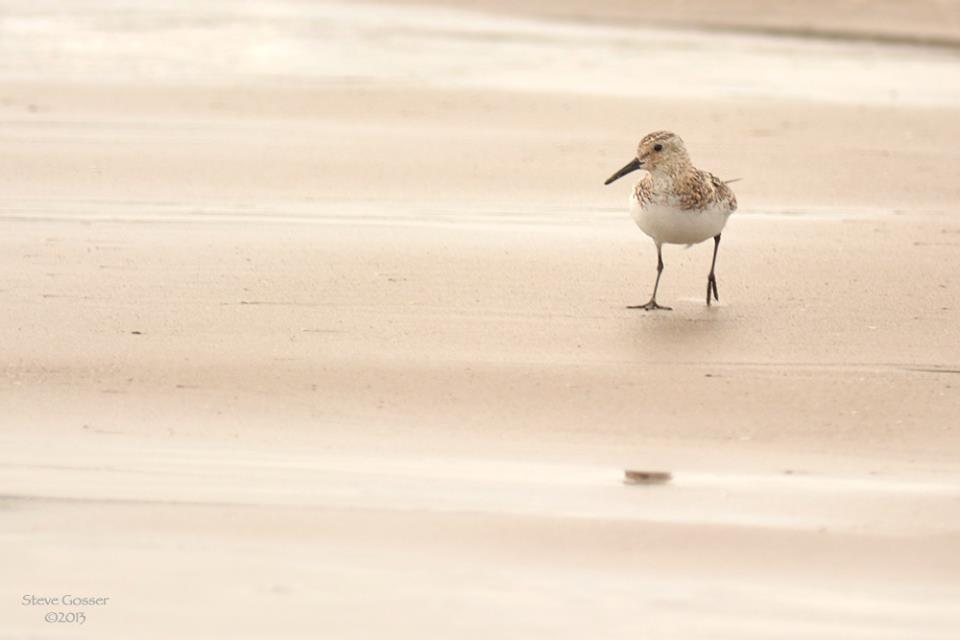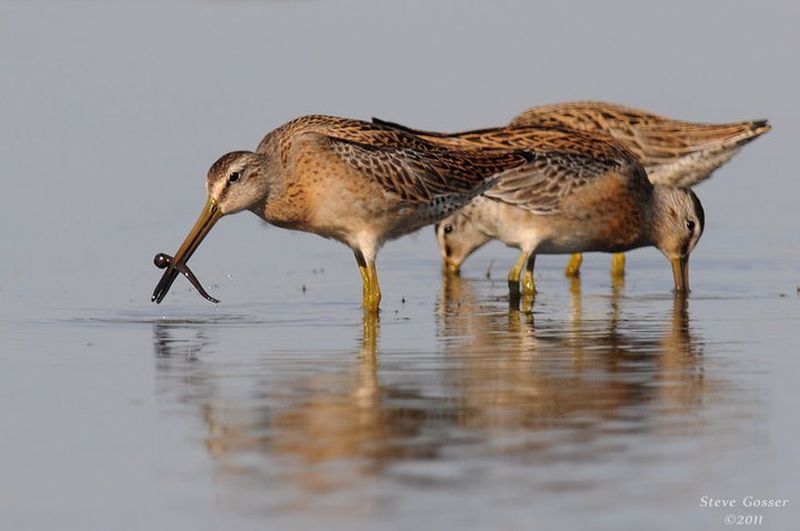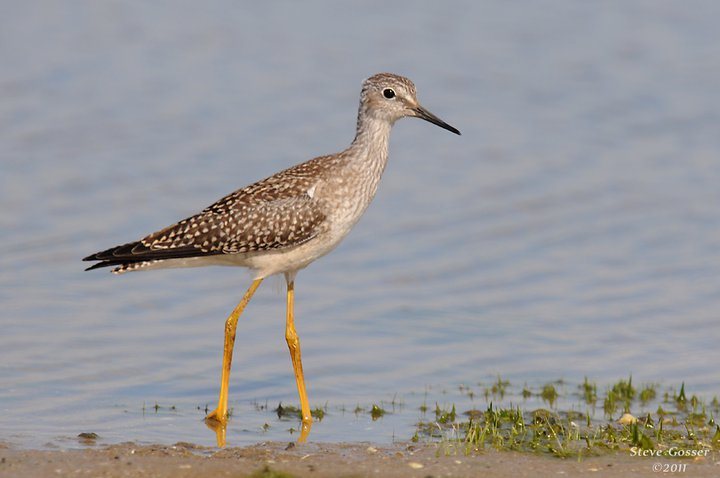
Late July doesn’t look or feel like autumn but fall migration has already begun.
Shorebirds are some of the earliest species to start their journey south. Last weekend brought a good assortment to Gull Point at Presque Isle State Park in Erie, PA. Here are a few of the migrants we would have seen if we’d been there.
American Avocets (Recurvirostra americana), above, raise only one brood per year and will leave the breeding grounds immediately if their nest fails. Avocets are always a treat in Pennsylvania because they breed far west of here and could easily bypass us if they wanted to. Instead, some fly to the east coast before moving south. Steve Gosser found a pair hanging out at Conneaut, Ohio in July 2013. (The bird with the black head is a Bonaparte’s gull. He’s also migrating.)
Sanderlings (Calidris alba), below, nest on the tundra in high arctic Canada, mostly north of the Arctic Circle. These small birds have one shot at breeding so if it doesn’t work they form flocks with other failed breeders in late June and move south in July.

Short-billed dowitchers (Limnodromus griseus) breed from Hudson Bay to western Labrador and in northern Manitoba and Alberta. Failed breeders leave the breeding grounds in late June while successful females depart in early July followed by males later in the month. Juveniles leave in August. Once they start passing through we’ll see short-billed dowitchers in Pennsylvania for several weeks.

The lesser yellowlegs’ (Tringa flavipes) lifestyle dictates when each family member leaves the breeding grounds (Alaska to Hudson Bay) for their winter home (primarily in Suriname). Successful females head south in June as soon as their eggs hatch and the young walk off the nest. The males protect their chicks until they fly then head south, too. The juveniles form flocks and fend for themselves until they decide to leave.

Visit Lake Erie’s shore for a good look at shorebirds. The best places close to Pittsburgh are the harbor area at Conneaut, Ohio or Gull Point at Presque Isle State Park in Erie, PA.
(photos by Steve Gosser)
p.s. Here’s the complete shorebird list from Gull Point on July 21-22, 2018, gathered from eBird:
- American Avocet
- Semipalmated Plover
- Piping Plover (local breeder, two nests)
- Killdeer
- Whimbrel
- Ruddy Turnstone
- Redknot
- Stilt Sandpiper
- Sanderling
- Dunlin
- Least Sandpiper
- Pectoral Sandpiper
- Semipalmated Sandpiper
- Short-billed Dowitcher
- Spotted Sandpiper
- Greater Yellowlegs
- Lesser Yellowlegs